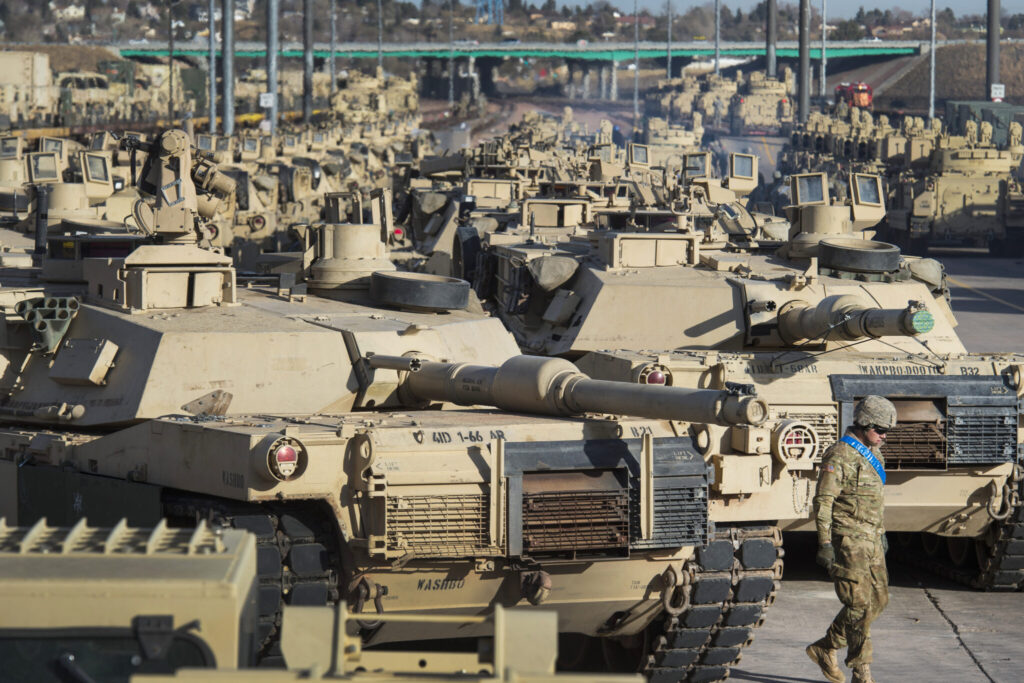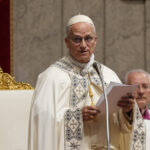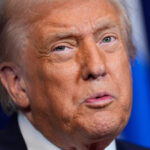Russia sent Ukrainians racing for cover with a rush-hour missile barrage, killing at least one person, the day after Kyiv secured Western pledges of dozens of modern battlefield tanks to try to push back the Russian invasion. Moscow reacted with fury to the German and American announcements, and has in the past responded to apparent Ukrainian successes with massed air strikes that have left millions without light, heat or water. The Associated Press has the story:
Russia strikes Ukraine again; Tank training to start
Newslooks- KYIV, Ukraine (AP)
From Washington to Berlin to Kyiv, a Western decision to send battle tanks to Ukraine was hailed enthusiastically. Moscow first shrugged it off — and later launched another barrage of attacks.
The Kremlin has previously warned that such tank deliveries would be a dangerous escalation of the conflict in Ukraine, and it has strongly denounced the watershed move by Germany and the United States to send the heavy weaponry to its foe.
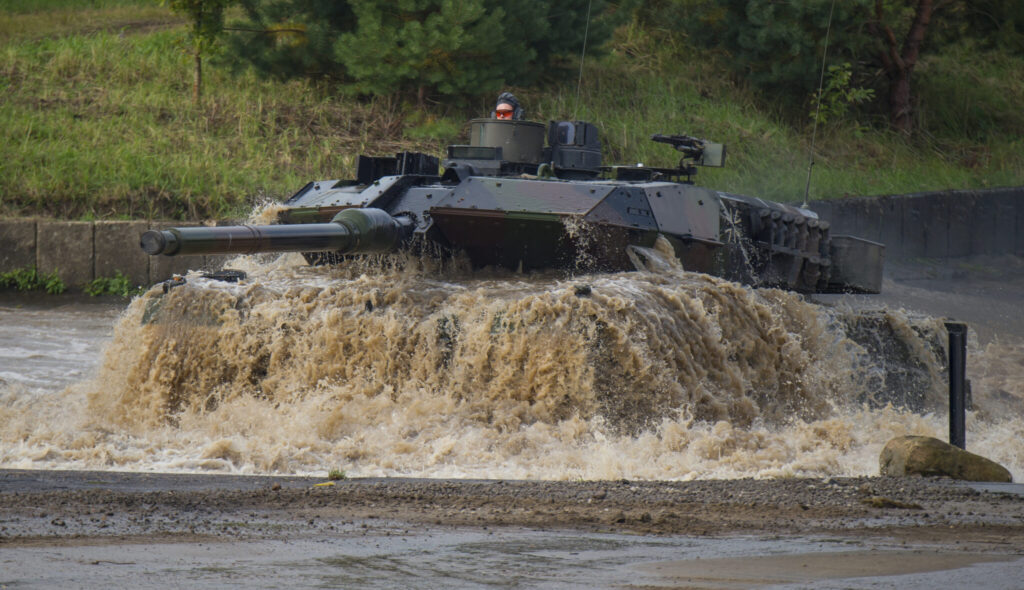
But it insists the new armor won’t stop Russia from achieving its goals in Ukraine.
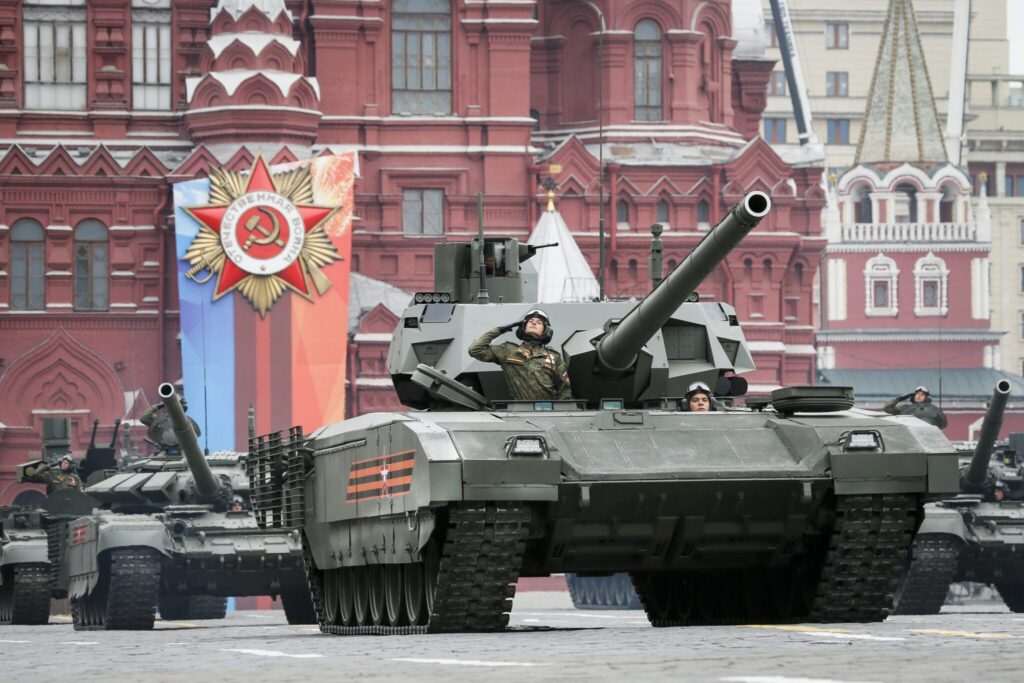
“The potential it gives to the Ukrainian armed forces is clearly exaggerated,” Kremlin spokesman Dmitry Peskov said. “Those tanks will burn just like any others.”
Moscow played down the move right after the announcement in an apparent attempt to save face as the West raised the stakes in Ukraine. Some Russian experts also emphasized that the supply of the deadly armor will be relatively limited and could take months to reach the front.
On Thursday, Russia launched a new wave of missiles and self-exploding drones across Ukraine — the latest in a series of strikes, many of which have targeted power plants and other key infrastructure.
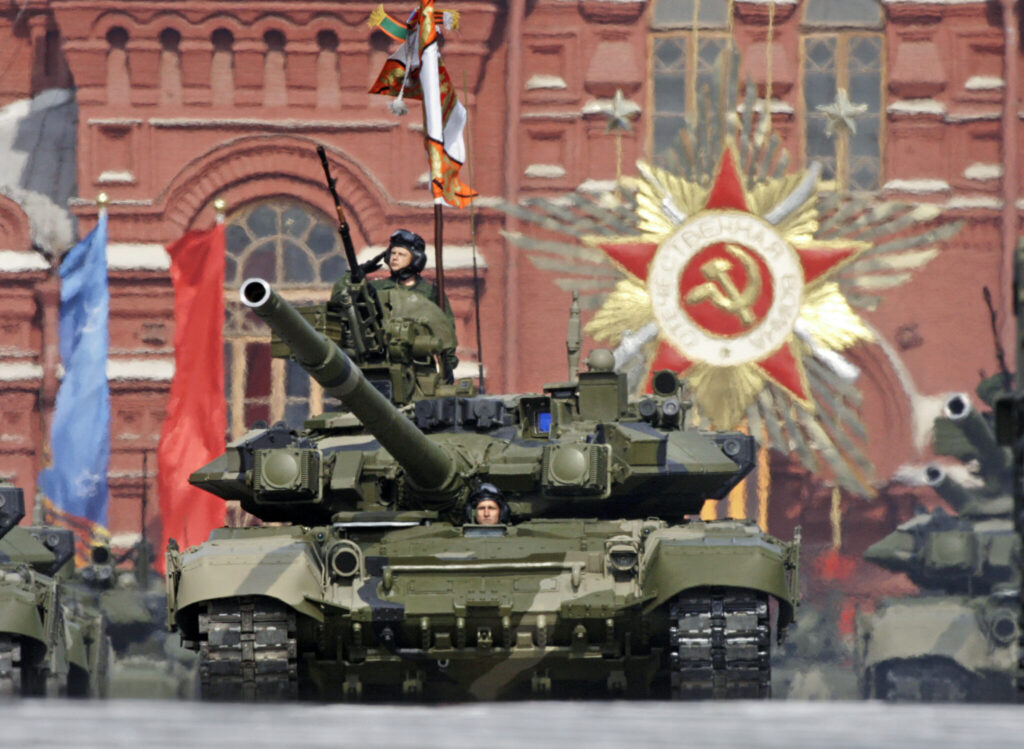
Russian military bloggers and commentators say that such attacks involve meticulous preparaton — so the latest barrage was likely planned in advance and was not necessarily linked to the tank announcement.
Yohann Michel, of the International Institute for Strategic Studies think tank, observed that while Western arms supplies irk Russia, it can do nothing to stop them. “It’s a problem that they can’t necessarily address,” he said, noting that earlier decisions by the U.S. and its allies to supply air-defense weapons to Ukraine could have been even more worrying for Moscow.
President Vladimir Putin, his diplomats and military leaders have repeatedly warned the West that supplying long-range weapons capable of striking deep inside Russia would mark a red line and trigger a massive retaliation.
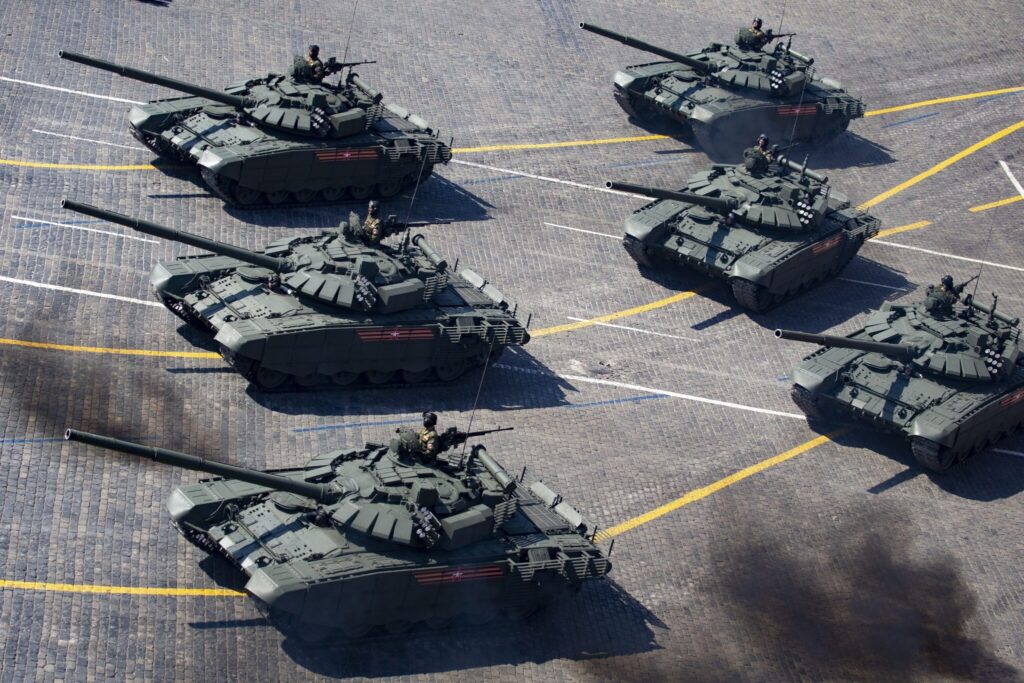
While other weapons like tanks and certain air defense systems have drawn warnings from Russian officials, the wording has been deliberately vague, perhaps to allow the Kremlin to avoid getting cornered by making specific threats.
Poland, the Czech Republic and other NATO countries have already provided Ukraine with hundreds of smaller Soviet-made tanks from the Cold War era when they were part of the Soviet bloc. Ukrainian armed forces, who have used similar aging weaponry, needed no extra training to use them. They played an important role on the battlefield, helping Ukraine reclaim broad swaths of territory in 11 months of fighting.
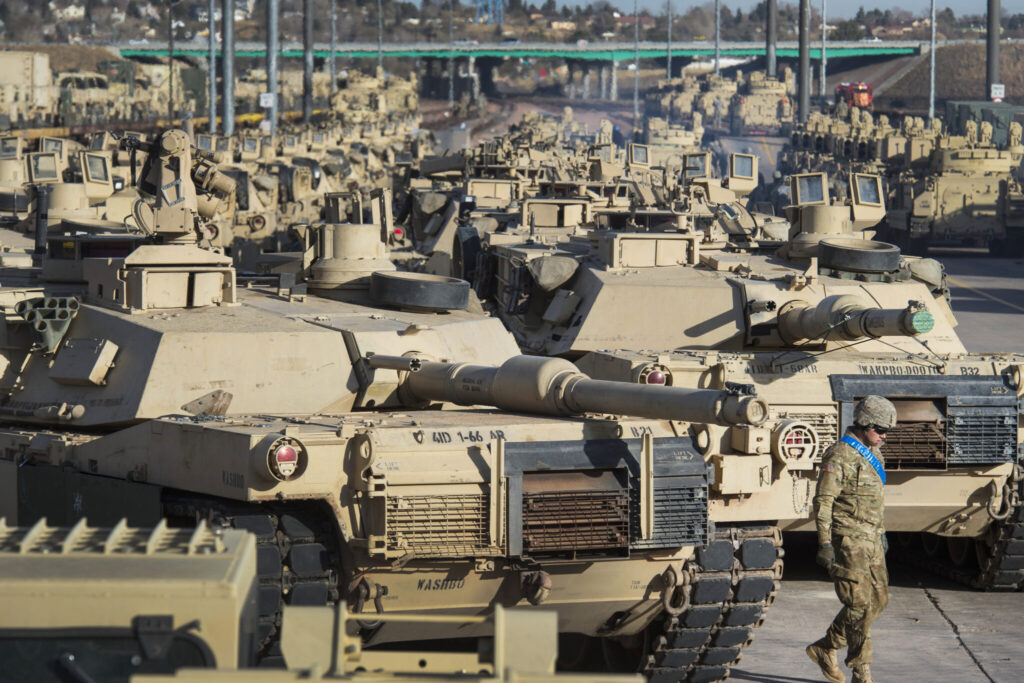
As Ukraine’s armored units suffered attrition and stockpiles of the old T-72 tanks ran dry in the arsenals of its allies in Central and Eastern Europe, Kyiv has increasingly pushed for delivery of German-made Leopard 2 and U.S. M1 Abrams tanks.
After weeks of hesitation, Germany said Wednesday it will provide Ukraine with 14 Leopard 2 tanks and allow other allies willing to follow suit to deliver 88 Leopards to form two tank battalions. The U.S. announced it will send 31 M1 Abrams tanks.
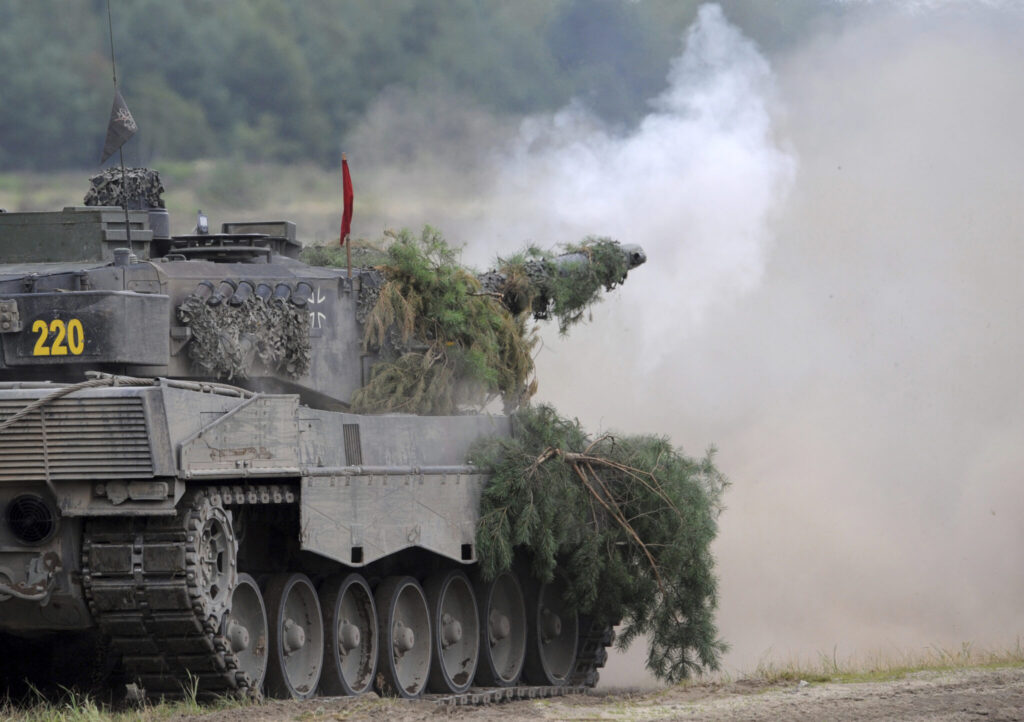
Ukrainian President Volodymyr Zelenskyy and his officials, who long have said the country needs hundreds of tanks to counter a foe with a far superior number as well as other weapons, greeted the Western decision as a major breakthrough, voicing hope that more supplies would follow.
“The deliveries of Leopard 2 will take our ground forces to a qualitatively new level,” Ukrainian military expert Oleh Zhdanov told The Associated Press. Even though Leopard 2s are heavier than Soviet-designed tanks, they have a strong edge in firepower and survivability.
“One Leopard 2 could be equivalent to three or five Russian tanks,” Zhdanov said.
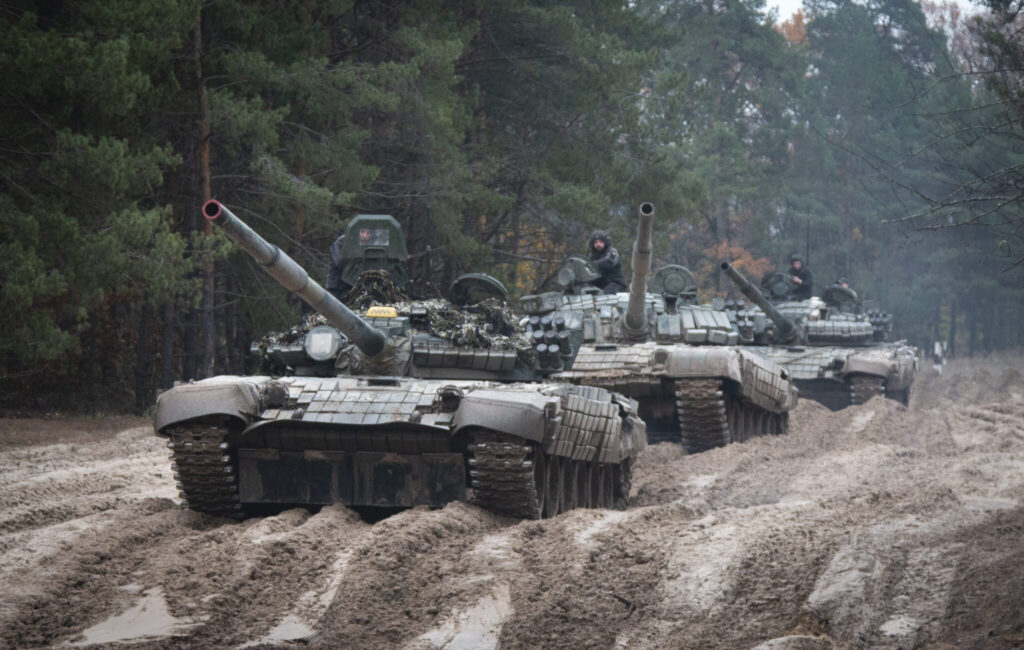
But he noted that the promised number of Western tanks represents only the minimum that Ukraine needs to repel a likely offensive by Moscow, adding that Russia has thousands of armored vehicles.
“Kyiv is preparing for a defensive operation, and its outcome will determine the future course of the conflict,” Zhdanov said.
Russian military analysts were more skeptical about the Western tanks, arguing that while Abrams proved clearly superior to older models of Soviet-built tanks during the war in Iraq, newer Russian models are more closely matched. They also charged that Leopard 2 tanks used by the Turkish army against the Kurds in Syria proved vulnerable to Soviet-era anti-tank weapons.
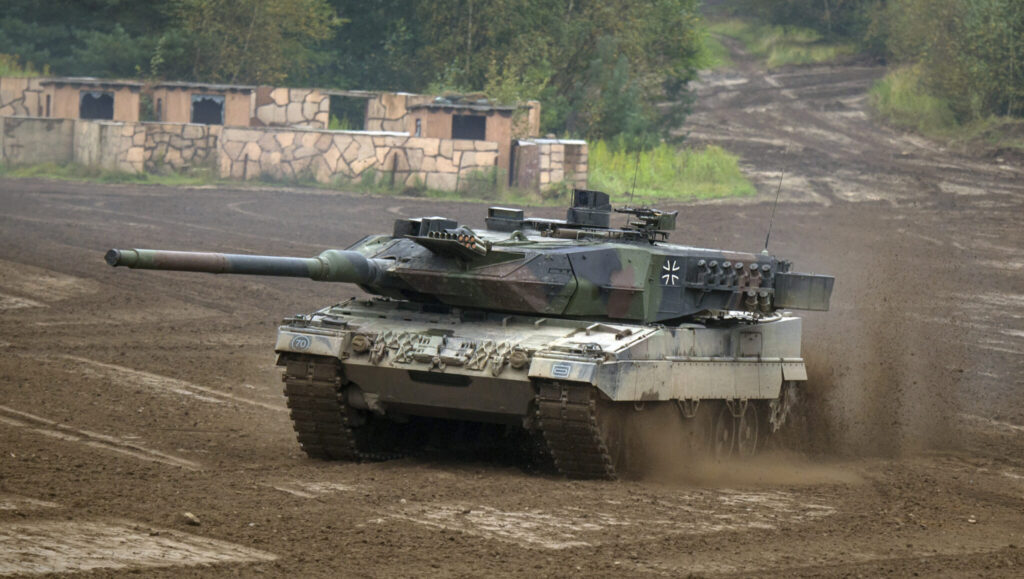
Some Russian online media quickly posted diagrams of the vulnerable points of the Leopard 2. “Hit Leopard as your grandfather hit Tiger and Panther!” one headline said, referring to Nazi tanks in World War II.
Andrei Kartapolov, a retired general who heads the defense affairs committee in the lower house of the Russian parliament, argued that both Leopard 2 and Abrams are inferior to Russia’s T-90, a modified version of the T-72.
The latest Russian tank, the T-14 Armata, has been manufactured only in small numbers and so far hasn’t been used in the war. The British Ministry of Defense said in its latest intelligence update that Russia has worked to prepare a small batch of T-14s for deployment in Ukraine, but said it had engine and other problems.
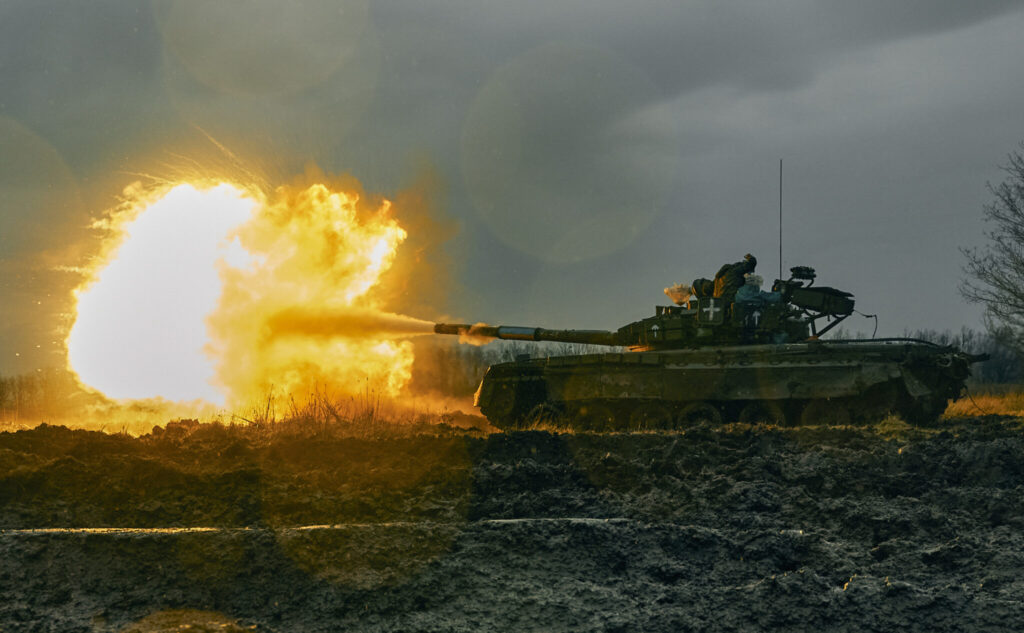
Russian observers, meanwhile, noted it could take a significant time for the Western tanks to reach Ukraine, adding that training Ukrainians to use them and properly maintain them would add to the challenge.
“It likely means that the Ukrainian military will probably receive a few small batches of tanks that could be incompatible with each other,” Moscow-based defense analyst Ilya Kramnik said in a commentary.
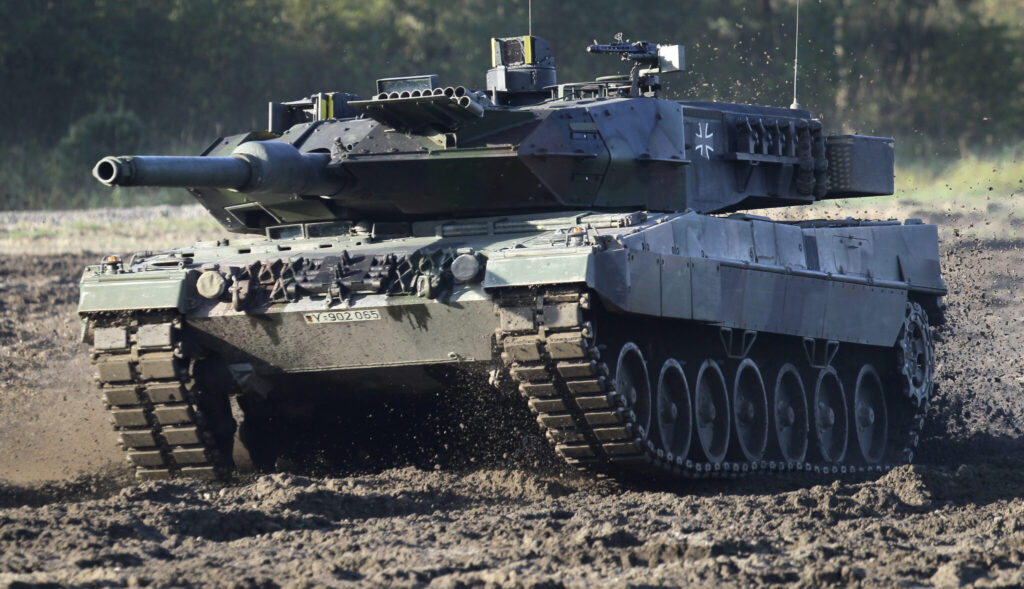
Zhdanov, the Ukrainian military analyst, argued that by agreeing to provide Ukraine with tanks, the West crossed an important psychological barrier and could eventually follow up by supplying even more deadly weapons.
“Handing over Leopard 2 tanks to Ukraine marks a major change in the policy of Western allies, who stopped fearing escalation and are now ready to challenge Russia in the war of resources,” he said. “The West is forced to more widely open the doors to its military arsenals to Ukraine.”
Speaking in a video address late Wednesday, Zelenskyy hailed the creation of what he called a “tank coalition” and said Ukraine now will seek more artillery and push for unlocking supplies of long-range missiles and, ultimately, warplanes.
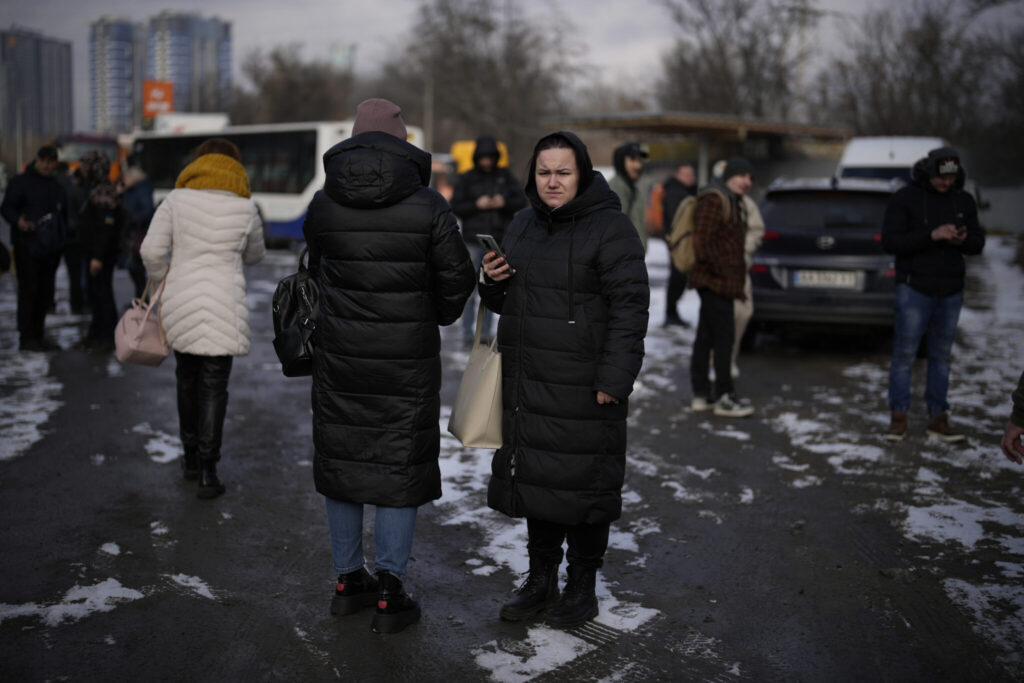
Ukrainian officials long have expressed hope for getting U.S. F-16 fighter jets and long-range rockets for the High Mobility Artillery Rocket Systems, known as HIMARS, to hit targets far behind the front lines.
Such desires drew ominous remarks from Russian diplomat Konstantin Gavrilov, similar to the kind voiced earlier by Putin and others.
“If Washington and NATO give Kyiv weapons to strike peaceful cities deep inside Russia and try to seize the territories that constitutionally belong to Russia, it will force Moscow to take harsh retaliatory action,” Gavrilov told a meeting of the Organization for Security and Cooperation in Europe. “Don’t tell us then that we haven’t warned you.”
Russian forces fired another rash of missiles and self-exploding drones across several parts of Ukraine early Thursday, causing the first attack-related death of the year in Kyiv even as air defenses shot down many of the incoming projectiles.
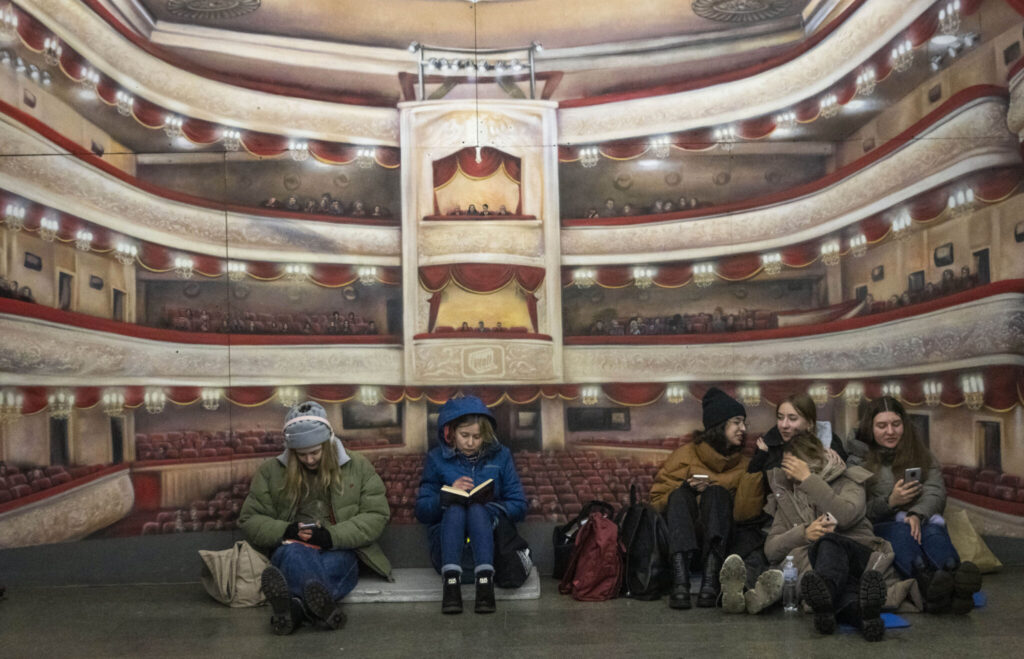
The attacks adhered to Russia’s recent pattern of launching widespread strikes about every two weeks. But the wave of weapons came a day after Germany and the United States upped the ante in Russia’s 11-month war by promising to send high-tech battle tanks to Ukraine and green-lighting other allies to do the same.
Kyiv Mayor Vitali Klitschko said a strike killed one person, the city’s first such death since New Year’s Eve. Two others were injured, he said. The head of the Kyiv city administration, Serhii Popko said Ukrainian air defenses shot down 15 cruise missiles heading to the area were shot down.
Russia has carried out massive strikes on Ukrainian power plants and other infrastructure since early October. Valerii Zaluzhnyi, the commander of Ukraine’s armed forces said Thursday’s volley involved 55 missiles, of which 47 were intercepted.

Self-exploding drones swept in overnight before the missile strikes, in what a spokesperson for Ukraine’s Southern Defense Forces said appeared to be a Russian attempt to overwhelm or distract Ukraine’s air defenses.
It was the first such barrage of Russian firepower across the country since Jan. 14.
Maksym Marchenko, the governor of southern Ukraine’s Odesa region, said energy infrastructure facilities were damaged in his and several other regions, causing “significant problems with electricity supply.”
The regional administration in the nearby Kherson region, where Ukrainian troops recaptured the regional capital in November, said Russian shelling killed two people and wounded five over the past day.
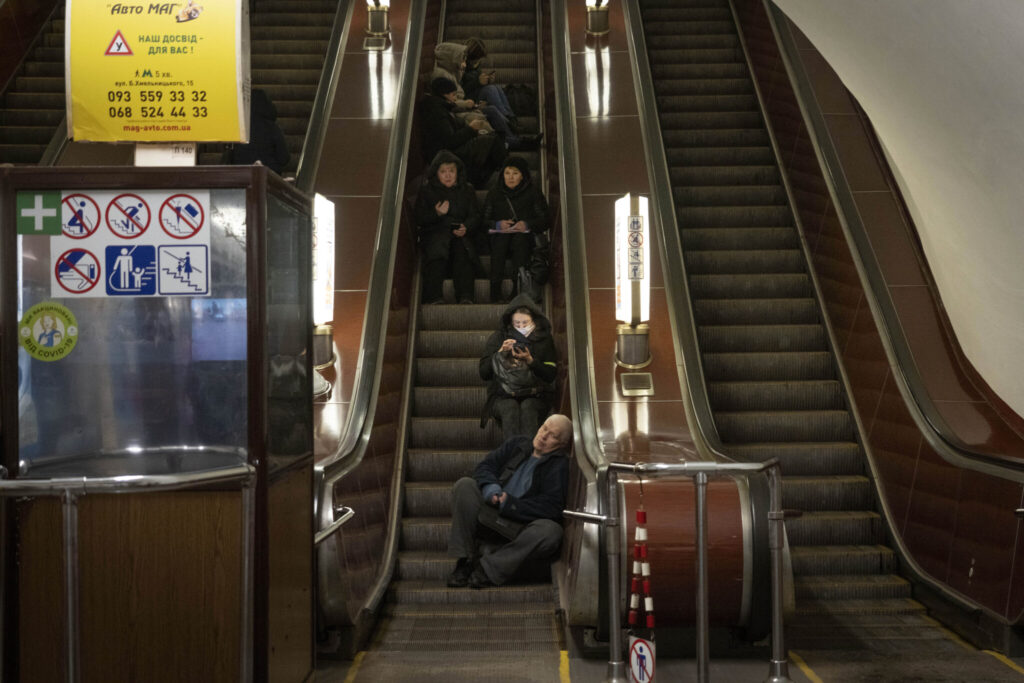
The attacks came a day after Germany said it would supply 14 high-tech Leopard 2 battle tanks to Ukraine and authorize other European countries to send up to 88 more. The U.S. said it planned to ship 31 Abrams M1 tanks to Ukrainian forces.
Along with Germany and the U.S., Britain, Poland, the Netherlands and Sweden are among the nations that have sent or announced plans to supply hundreds of tanks and heavy armored vehicles to fortify Ukraine as it enters a new phase of the war and tries to break through entrenched Russian lines.
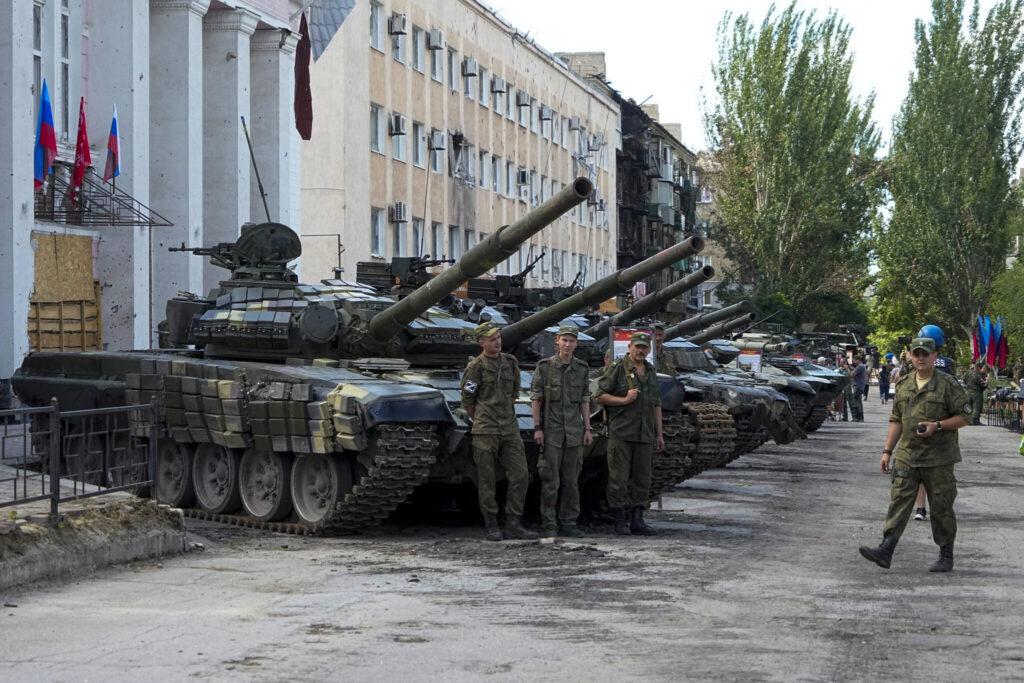
The conflict has largely been a stalemate in recent months, though Ukrainian forces acknowledged Wednesday a controlled pullout from the salt-mining town of Soledar in Donetsk province, a battle-scarred area of eastern Ukraine that has been embroiled in war since Russia-backed separatists seized large swaths of the broader Donbas region in 2014.
Gian Gentile, a U.S. Army veteran and senior historian with the Rand think tank, said the M1 Abrams and the Leopards would give Ukraine a “mechanized armored punching force.”
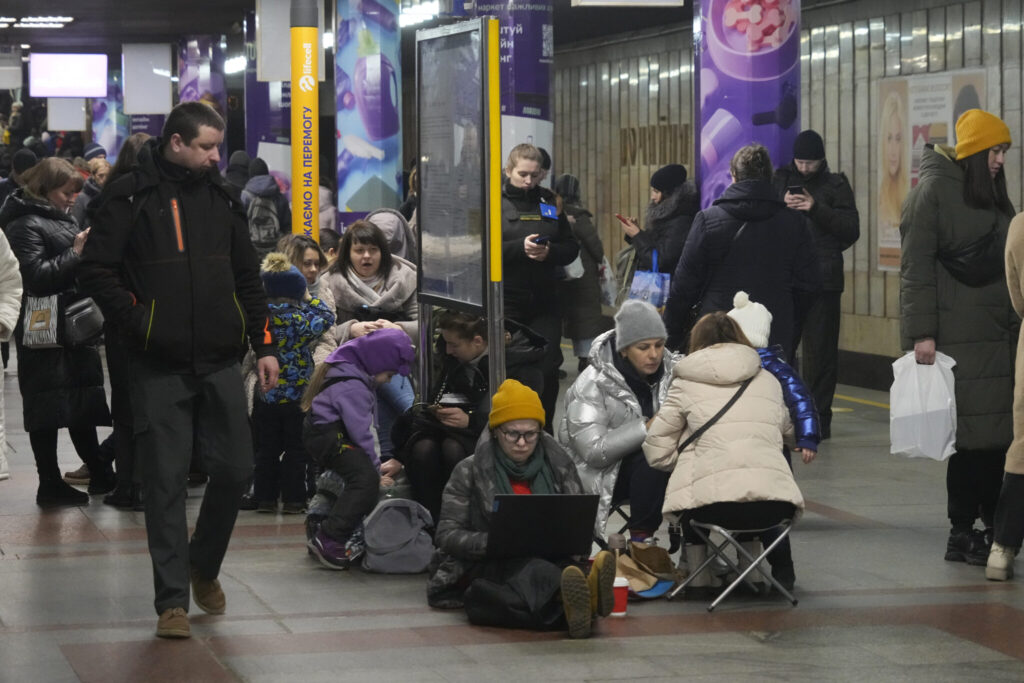
German Defense Minister Boris Pistorius said Ukrainian crews will start their training in Germany in coming days on German-made Marders, which are infantry fighting vehicles, while training on the heavier Leopard 2 tanks would start “a little later.”
“In any case, the aim with the Leopards is to have the first company in Ukraine by the end of March, beginning of April,” he added. “I can’t say the precise day.”
In an interview with Britain’s Sky News on Wednesday, Ukrainian President Volodymyr Zelenskyy said he didn’t know when the tanks from the U.S. and Europe would arrive.
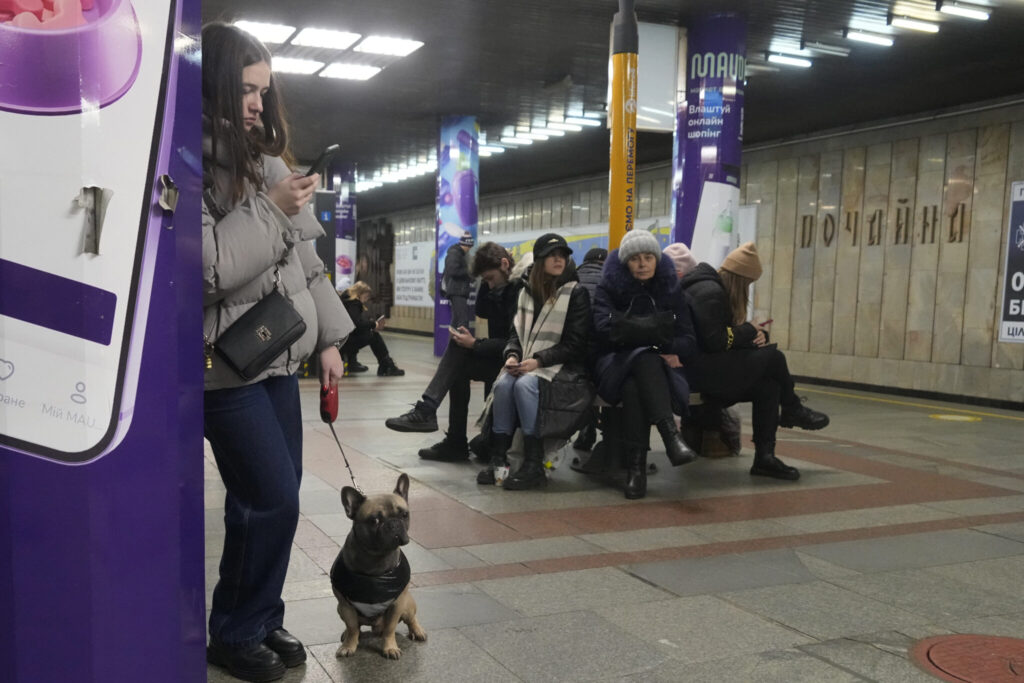
NATO Secretary-General Jens Stoltenberg, also speaking to the British network, declined to speculate on the timing, but said “allies are extremely focused on the importance of speed.”
Kremlin spokesman Dmitry Peskov said the move to provide Ukraine with modern Western tanks reflected the West’s growing involvement in the conflict.
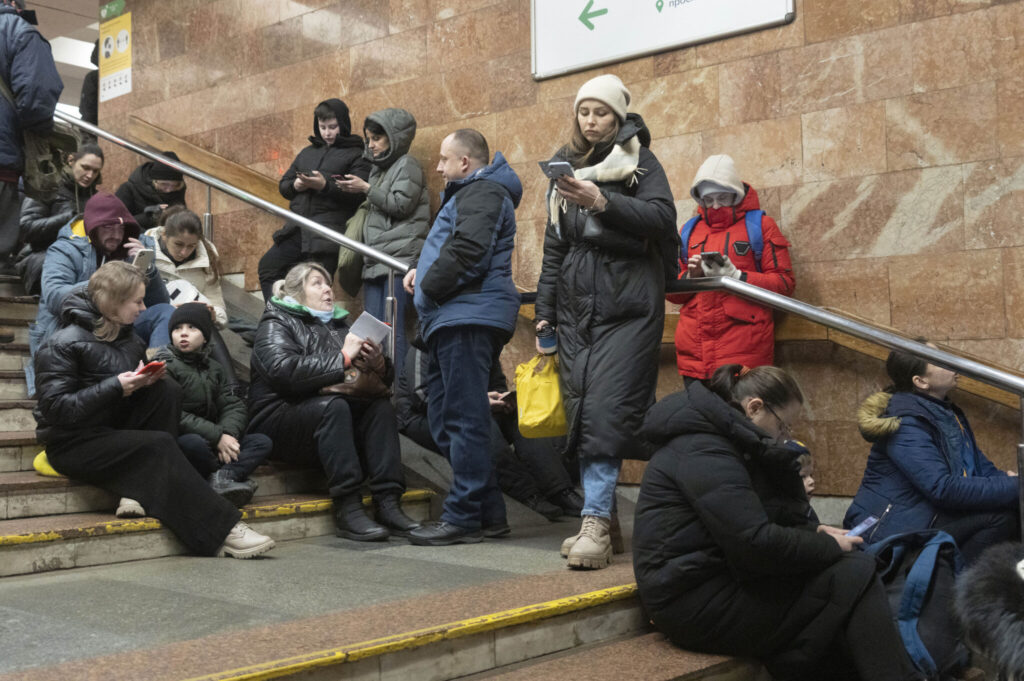
“Both European capitals and Washington keep saying that the delivery of various kinds of weapons systems, including tanks, to Ukraine, absolutely does not mean the involvement of these countries or the alliance in the hostilities ongoing in Ukraine,” Peskov told reporters. “We categorically disagree with that.”
“Moscow views everything the alliance and the capitals I have mentioned as direct involvement in the conflict,” he added. “We can see it growing.”

